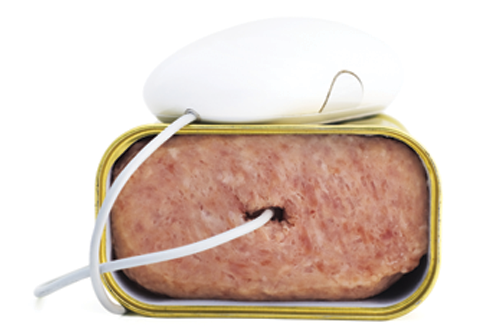
By: Craig Spooner
“Hmmmm, something doesn’t seem right here. My email says 100% deliverability rate. but my open and click rate are all reading 0%. Did I do something wrong?”
Worry not, intrepid marketing warrior, for you have just been caught in a spam filter. You may be asking, “What exactly is spam, and how can I avoid it?” Well, let’s take this time to do a quick background on what spam is, why we should care about it, and ways you can avoid becoming it!

What is Spam?
Spam is unsolicited, irrelevant emails, sent in bulk to a list of people that doesn’t follow the specific requirements of the CAN-Spam Act of 2003. Let’s say you purchased a list of email addresses from an industry partner. On the surface, that list of addresses seems like it could contain some great prospects for your business, and you want to send them an email with a relevant offer they can’t refuse. But since those people didn’t give you explicit permission to contact them, sending an email to that list would be considered spam.
Why Should You Care about Spam?
According to the CAN-SPAM Act of 2003, you could be fined $11,000 for each spam offense. That’s $11,000 for each email address on your list, not just the list itself. Do the math: is your message worth risking the potentially massive fines? If you send commercial email (generally sales or promotional content), do yourself a favor and familiarize yourself with the requirements of CAN-SPAM!
How Can I Avoid Becoming Spam?
With the new GDPR regulations, obtaining permission to market has never been more important. Without adequate levels of permission, your account can be reported for abuse regardless of how amazing your offer is. Here are some tips to help you prevent spam complaints in response to your marketing emails:
Just remember, even if you follow the guidelines of CAN-SPAM and GDPR, obtain permission from your prospects, and send a well-intentioned email, your message can still get caught in the email service provider’s spam filter. Two more pieces of advice: 1) Always be capturing new prospects; and 2) be proactive about cleaning your list! Filter through the data of each send and clean as much as possible to ensure that your results are the best they can be.
Thanks for sharing!
PRP Group, a Hawke Media Company, is an award-winning full-service education PR and marketing firm serving the pre-K–12 and higher-ed community.